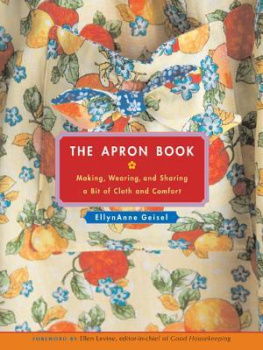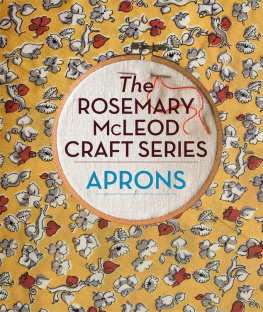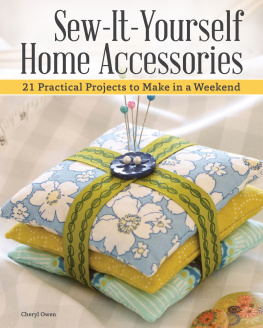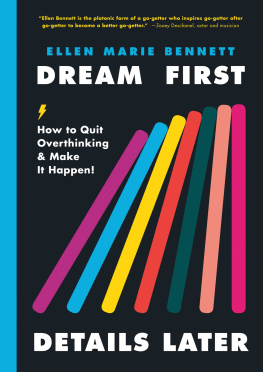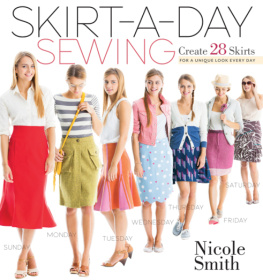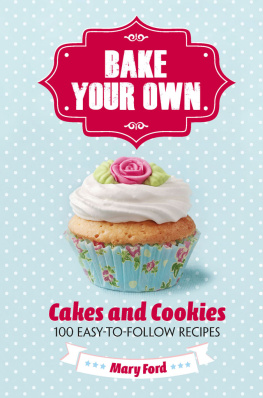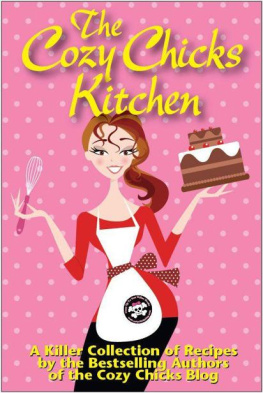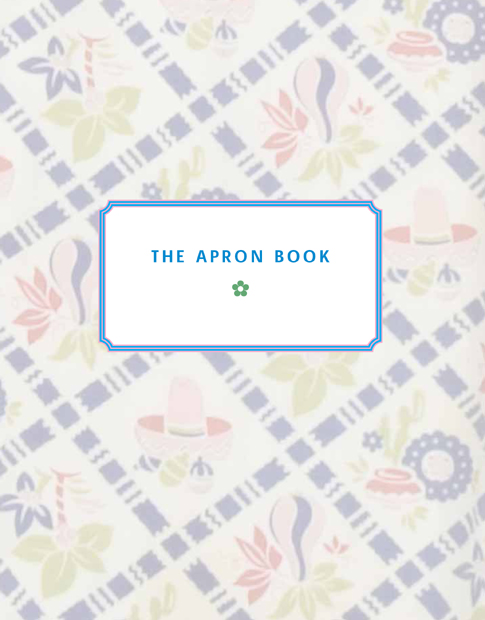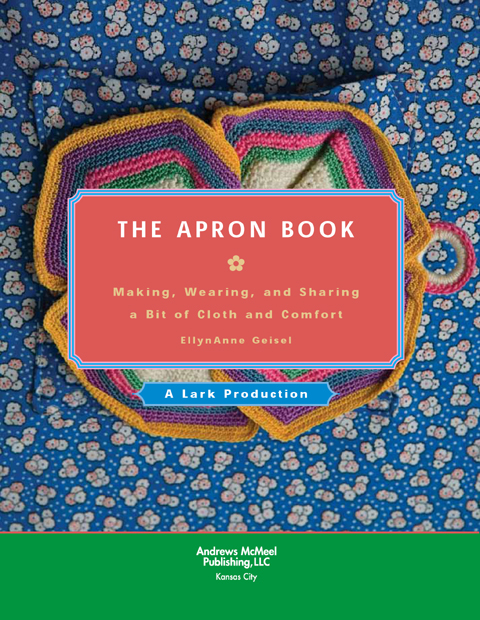CONTENTS

Foreword by Ellen Levine,
Editor-In-Chief, Good Housekeeping
chapter 6 Maid in America:
Aprons on the Job
chapter 7 Jingle Belle:
Aprons for Holidays, Entertaining, and Special Occasions
FOREWORD

AN APRON. Think fast! What comes to mind? Kitchens from the 1950s? June Cleaver? Gone and forgotten?
Well, not so fast! Thats just what I thought until I met EllynAnne Geisel, a collector and cataloger of these housewife cover-ups. As EllynAnne unwrapped her treasures, my mind flashed back to my grandmother. There was Grandma in her tiny kitchen wiping her hands on her well-worn apron, which doubled as a pot holder when it was time to take out the roast. Then I pictured the organdy fantasy my mom wore for home dinner parties. And finally I remembered the gingham apron that was my first (and only) sewing badge project as a Brownie. Wish I had had the foresight to save a few of the full-length pinafore styles that were wedding shower presents. We can be careless with the fabric of our past.
But even without our own apron archives, thanks to EllynAnne we can travel back in time and revisit our past through the pages of this wonderful book. Who knew that vintage aprons would become a popular collectible or that so many stories could be told through artistic photographs of women wearing a simple piece of beloved cloth?
What is the allure of aprons? They tell the stories of our domestic lives. Wander through these pages as I have done. You may get misty-eyed as you read these womens words. Or you may be inspired to sew your own version with the simple directions provided. Or you just might be inspired to start your own collection. And you may find yourself tied to EllynAnnes apron strings in the most positive way imaginable. Enjoy!
Ellen Levine
Editor-in-Chief, Good Housekeeping
A Loverly Apron
B Y P HYLLIS R EEDY Y OUNG
Once upon a time
An apron or two
Hung out on the line
Twirling in the breeze
Under a sunny sky,
Flapping dry.
INTRODUCTION

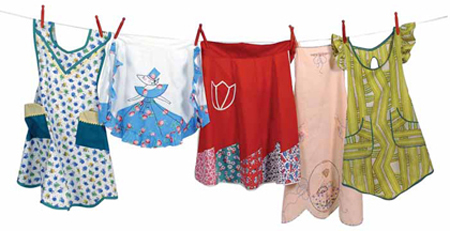
HARRIET NELSON was my idol when I was growing up. She was everything I wanted to becomea wife, a mother, and a homemaker. I watched The Adventures of Ozzie and Harriet every week on television, reverently noting Harriets clever way with her husband and sons, her calm demeanor, how she dressed up each day to stay at home taking care of her family. I loved how they worshipped her. And I coveted her apron.
My own mother was an amazing woman; long before it was the norm, she had a college degree, worked full time, and raised six children. She enjoyed her career and was successful at it, but as far as I was concerned, the job I wanted was Harriets.
In 1966, I entered the University of Southern Hospitality with the goal of acquiring my Mrs. Degree. I got a tad sidetracked by bell-bottoms and rock-and-roll in the 60s, but deep down I remained committed to finding my Ozzie and becoming a full-time homemaker and mother. Married in 1975 and soon after the mother of two boys, I was blissfully living my girlhood dream.
For twenty-four years, I happily performed the domestic routines of old-fashioned housewifery. In 1999, when I sent my youngest son off to college, I turned my attention to the freelance writing career I had in mind for my empty-nest self. My first article was to be about a long-forgotten bit of vintage clothingthe apron.
I visited several thrift stores and picked up an assortment of stained, tattered aprons, some of them still quite beautiful, many of them examples of masterful sewing or embroidery. By the time Id gathered a laundry basket full of aprons, I knew I was holding something extraordinarya basket full of stories. From the intricately embroidered pink organza waist apron from the 1920s to the full body flour-sack apron from the 1940s to the Sloppy Joe barbecue apron from the 1950s, every apron spoke worlds of the heart and character of the people who had sewn and worn them.
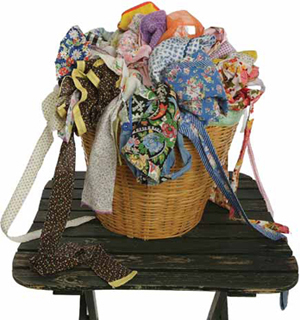
Oh, I fell hard. Every apron I discovered I loved like a child, and every one of them wanted to tell me its story. And I was all ears! I wanted to know everything about the aprons I was collecting. I tended them, I studied them, I took them with me hither and yon and showed them off to everyone and anyone. And what I learned is that everybody has an apron story to share. So I gathered their stories and showcased their aprons in a traveling museum exhibit called Apron Chronicles. And then I started designing and making aprons myself. Suddenly, I was an artist with an amazing palettethe combinations of styles, fabrics, and adornments were infinite. My company, Apron Memories, is an outlet for all this creativity, and even though now Ive become a working woman like my own mother, I still get to have that apron.

THE APRON BOOK

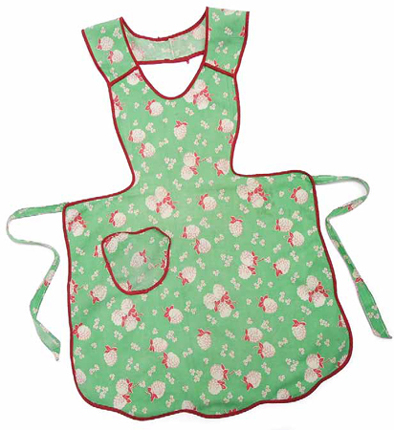
During the Depression, homemakers unraveled the string stitching of feed and flour sacks and converted the bags to free yardage, which they used to make clothing, quilts, and other household items, like this slim-fitted feedsack apron.

